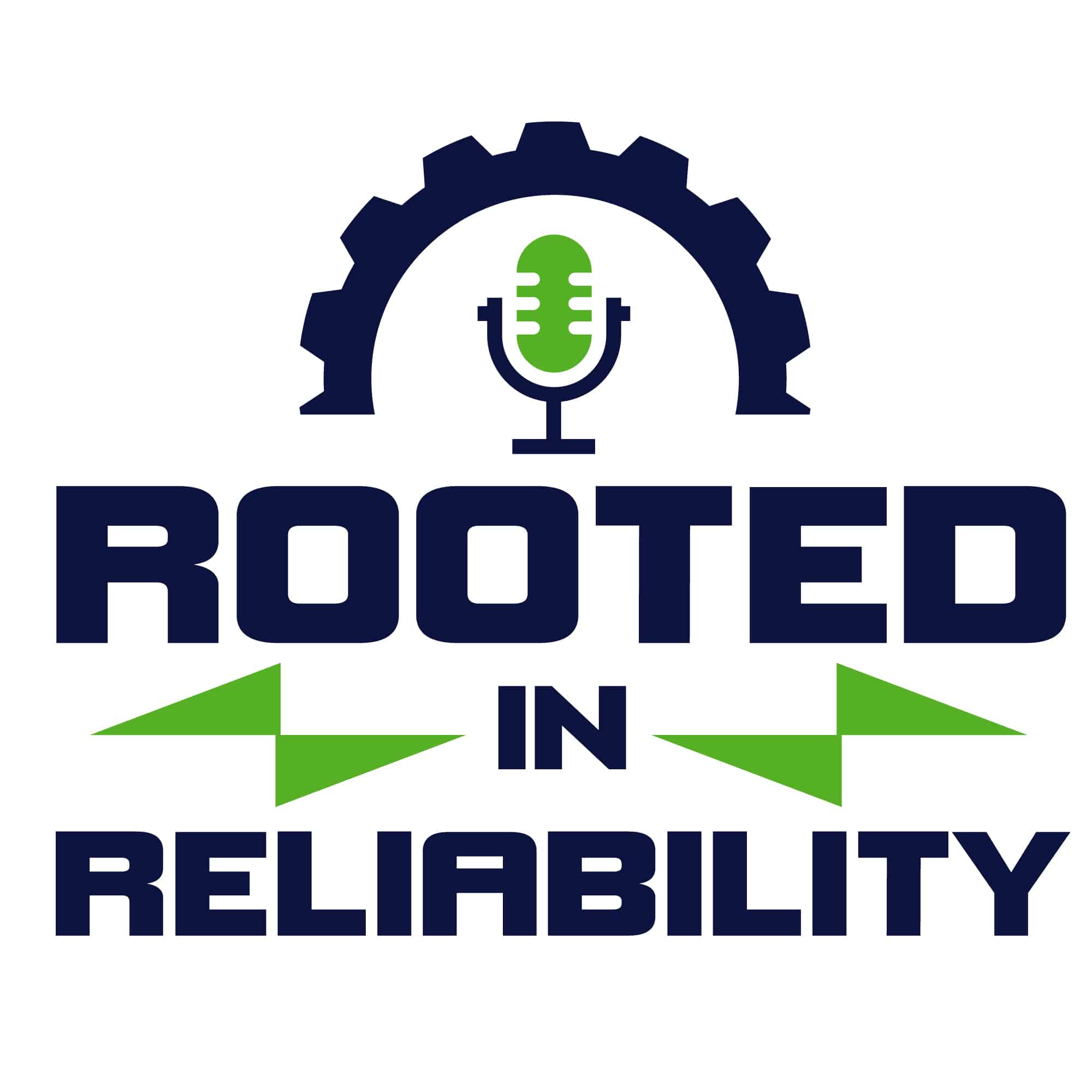
How to Make a Good Request with Fred Schenkelberg
We’re glad to have Fred Schenkelberg back to help us understand how to make a complete request. A lot of times, emails circulate through the organization requesting tasks to get completed. However, they don’t define the:
- Who
- When
- How
Fred will give us insight on:
- Elements of a Complete Request
- Do the five elements help ensure a significant change in making requests
… and so much more!
This topic ties into the discussion of change management and culture within the organization. A complete request is there to remove ambiguity by assigning responsibility and a timeline to the team members. There’s also the aspect of:
- What tasks do you want me to do?
- What are we doing?
- Why do I need this information?
- Why is it important?
- What level of quality or degree of completeness?
- Do I need an answer, result, or report?
Vague requests like, “Could you look into why line two has got so many failures” can get interpreted in several ways. You’ll ask a few operators, come up with an explanation, and send a quick email. However, if you ask questions like, “Is there a different maintenance program, set of equipment, or is it aging differently?” you’ve made an extremely different request that will get more tailored answers.
Elements of a Complete Request
There are a total of five elements. The first two are who’s making the request and who’s the recipient of the request. These may seem trivial, but they’re worth being explicit about in the long term.
The third element is what the request is. Rather than saying something vague like, “Look into,” you need to be more specific by saying something like, “Analyze the reasons for the downtime increase over the last six months.” What’s the specific question, task, or activity that you expect that person to do?
That question always needs to be coupled by when, which is the fourth element. Do not request someone to perform a task when they have the time. If the person is not interested in that subject, chances are they won’t make time for it. You need to stipulate the day, date, and time to guarantee the message has been passed in its entirety.
The last element is, “To do what quality?” Do you need a report with citations and documentation of all thought processes and all the data, or do you need a phone call that gives a summary? What level of detail and depth of information is needed for the request to be satisfied? Basically, how do you know when you’re done?
What happens next?
When you have all the five elements in place, then you can send out an email. If any of those five elements are not clear to both parties, then you’ll get a disconnect with your request.
If you’re receiving the request, you need to pay attention to what you’re being asked to do. Ask questions like:
- Am I the one receiving this?
- Are you the one asking this?
- Do I need to provide the answer to you or someone else?
- What exactly do you mean by “Looking into.”?
Each of these criteria can get probed to get more specifics to ensure you have a complete request.
If the person providing the request goes through all five elements, there’s still room for discussion about:
- What’s the nature of this task?
- What are the criteria?
- What toolset are you saying I should use?
- What data set?
You can open the discussion in a much more meaningful way about, “What exactly you want me to do, by when? And what’s the context for this? How specific does this need to be? Is this just a rough engineering guess, or do you need a detailed Ph.D. thesis?”
Do the five elements help ensure a significant change in making requests?
Yes, they do. Everyone on the floor starts adopting the elements to their day-to-day requests. And whenever there’s a request that can’t be fulfilled, it becomes noticeable immediately so that different terms can be discussed and agreed on early. These changes also get based on the five elements.
In summary
It’s important to note that this change takes time to adopt and that leadership needs to be involved fully in the process. However, the more frequently you use it, the faster it becomes the organization’s culture. That’s because your team gets a constant reminder of what the five elements are. In addition to that, they get to practice when and how to use them. It changes the nature of how people communicate, which translates to great value for the organization.
Eruditio Links:
Fred Schenkelberg Links:
- 7 Essential Elements to a Complete Request
- Fred Schenkelberg Linkedin
- Accendo Reliability
- Speaking of Reliability Podcast
- Past Fred Schenkelberg Episodes

Rooted In Reliability podcast is a proud member of Reliability.fm network. We encourage you to please rate and review this podcast on iTunes and Stitcher. It ensures the podcast stays relevant and is easy to find by like-minded professionals. It is only with your ratings and reviews that the Rooted In Reliability podcast can continue to grow. Thank you for providing the small but critical support for the Rooted In Reliability podcast!
Leave a Reply